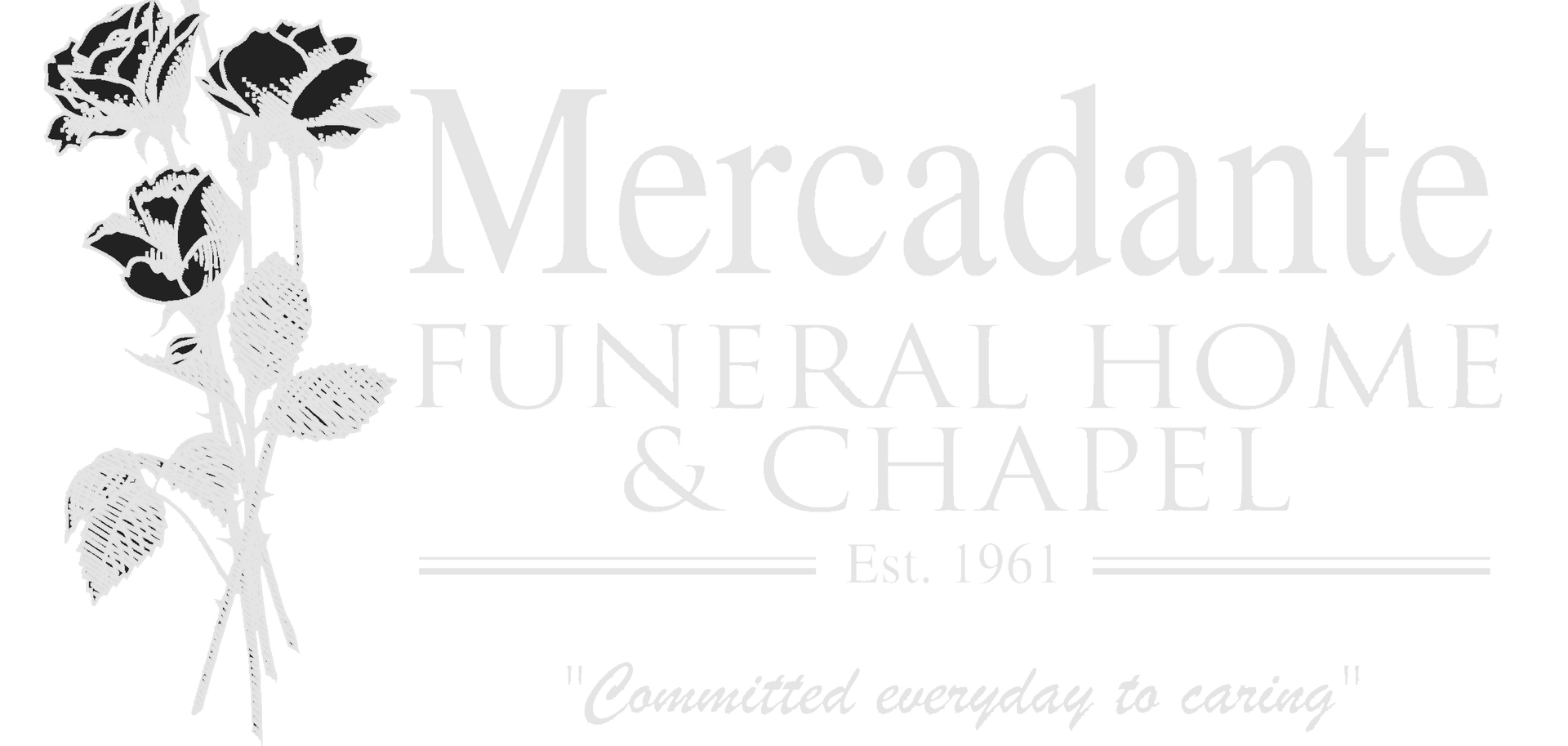Helpful Forms & Resources
Below you will find helpful forms and information that may be needed to plan for and manage a funeral service. If you need further information, please contact our funeral home and one of our caring funeral professionals will be happy to assist your needs.
When we lose a loved one, it is important to take time to celebrate their life. Many people don’t want to think about or talk about death. However, funerals happen and there are many factors to consider when it comes to etiquette for the service. A funeral is one of the most significant occasions where proper etiquette should be demonstrated. We’ve outlined some of the most common questions regarding funeral etiquette.
Should I Attend This Funeral?
It can be difficult to decide whether you should attend or not. Funerals aren’t usually an “invite-only” event. If you knew the deceased, attending the funeral is an opportunity for you to remember their life and pay your respects. If you did not know the deceased but are close to the grieving family, then it is a way for you to show your support to them.
If you feel your presence will make the family of the deceased uncomfortable or if it is a private event, do not attend the funeral.
What to Say?
The average person does not attend funerals on a regular basis. If you are worried about what you should or shouldn’t say, how to act or what to do when meeting with the grieving family, you are not alone in these apprehensions.
Don’t be afraid to keep it short and simple. “My thoughts are with you” and “My condolences to you and your family” are always safe bets.
Often sharing fond memories of the deceased will help those grieving to remember happier times, and not just focus on how hard it is that their loved one is gone. Positive stories and accomplishments shared show the grieving family that their loss means something.
When speaking, use the name of the person who passed. Not “your father” but rather “Your father Frank” was such an inspiration.
Assure them that grieving is difficult. Avoid saying “they are in a better place.” They want their loved one here with them.
Simply being present for those grieving a loss sends a message of support during their time of need. Never underestimate how much it means just being there for them. If you are unable to attend, a telephone call, a sympathy card, or any other form of communication assures those experiencing a loss that you care.
What Should I Wear?
Historically, black is the traditional color of mourning, yet is not the only color you may choose. Grays and blues are also safe options. You should opt to something conservative, tasteful and subtle. A general practice is to stay away from decorative patterns or bright colors. Suits for men and dresses or suits for women are always appropriate. If you’re attending a celebration of life which may be held outdoors, attire doesn’t have to be quite as formal. Be cautious of being overly casual; avoid flip-flops, shorts and t-shirts.
Where Do I Sit at a Funeral?
Typically, the first and second rows of seats are reserved for close family and friends of the deceased. The remaining rows are for all other attendees. If you arrive late, it is a courteousy to sit in the back, so you do not disturb others. Once seated, it’s important to remain seated during the duration of the service.
When Should I Arrive at a Funeral?
A good practice is to arrive 10-20 minutes early to allow for time to interact with other guests. If you arrive late, use the side aisle to find a seat near the back; do not walk down the center aisle.
Should Kids Attend a Funeral?
Yes, it is okay to bring children to a funeral, especially if they were close to the deceased or are interested in attending. Babies and toddlers are often left with a babysitter since they may require more attention and distract you from being mentally present at the service.
I Want to Send Something to the Family. Any Ideas?
Sending sympathy cards and food are always good ideas. Having meals, or even snacks, helps when family and friends of the deceased are gathering together. You can send flowers to the funeral home or even have them delivered directly to the family. Chances are, they are feeling overwhelmed, so you can simply ask them what they need or how you can help.
What's the Difference Between a Funeral Procession and a Funeral Recessional?
A funeral processional marks the beginning of the funeral service. This is when the casket is brought in. The processional is led by the officiant and is followed by the pallbearers who carry the casket. Next, the family and kin to the deceased walk down the aisle, followed by close friends as they take their seats in the first few rows.
A funeral recessional marks the end of the funeral service. Again, the officiant will lead the way, followed by the pallbearers who carry the casket out. Family and friends of the deceased then follow. Typically, a member of the family will give thanks to the remaining guests at the ceremony. Finally, the funeral attendees make their way over to the gravesite, where the deceased will be laid to rest.
Funeral? Memorial? What's the Difference?
Both memorials as well as funerals are held to celebrate a deceased person’s life. Both give those who knew them a chance to pay their respects. These events typically take place in a funeral home, a church, or other suitable location the family has chosen.
The term “funeral” is used to describe a ceremony honoring the life of a deceased individual. A funeral takes place when the body is present, and the service may be either an open or closed casket ceremony which involves a processional and a recessional. Family and friends have the opportunity to take one last look at the deceased before burial or cremation.
A memorial takes place when the body of the deceased is not present. Think of it as a funeral “in memory” of the person. In place of the casket, a picture, urn or flower arrangement may be used as the focal point for the memorial service.
How Can I Continue to Show my Support?
The loss a person feels does not end with the funeral. Grief continues long after the funeral and affects individuals differently. People deal with their loss in unique ways; their life has been completely changed.
There are many ways you can extend your support to the bereaved in the weeks and months after a death occurs:
- Offer to do something specific for them. Don’t ask, “Can I do anything?” The bereaved person doesn’t know what they need. Instead, simply offer help or your time. “I will bring over a meal for you” or say, “I’ll be over tomorrow to mow your lawn.”
- Remember the important milestone days throughout the year – events, birthdays and anniversaries. Simply reach out through an email, text, phone call, or send a card.








